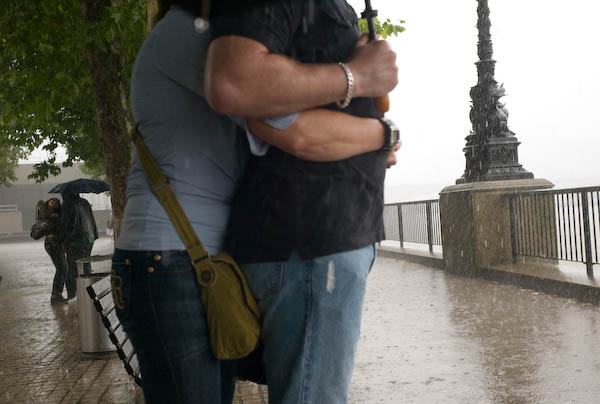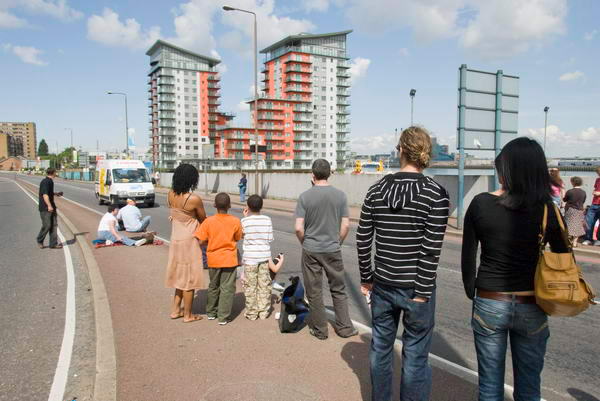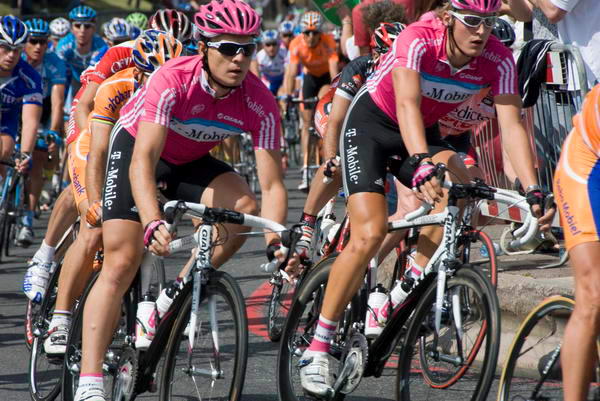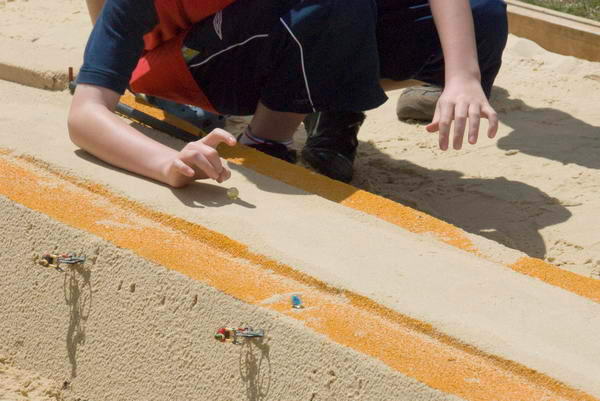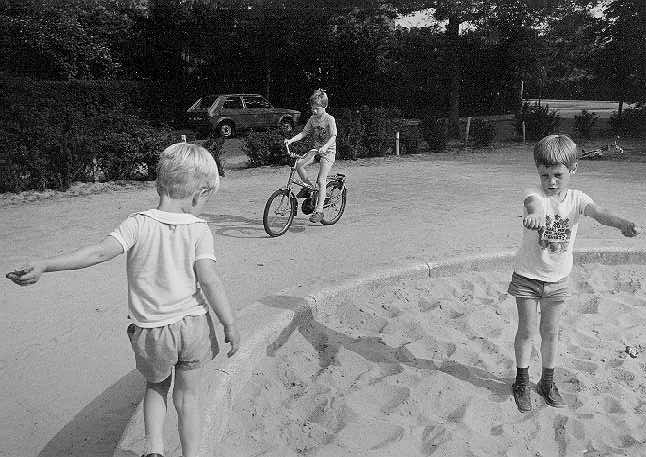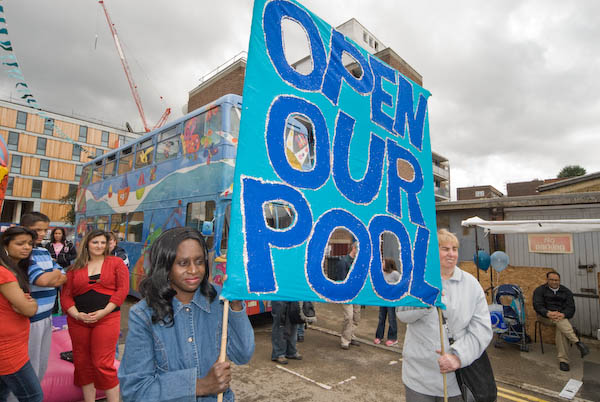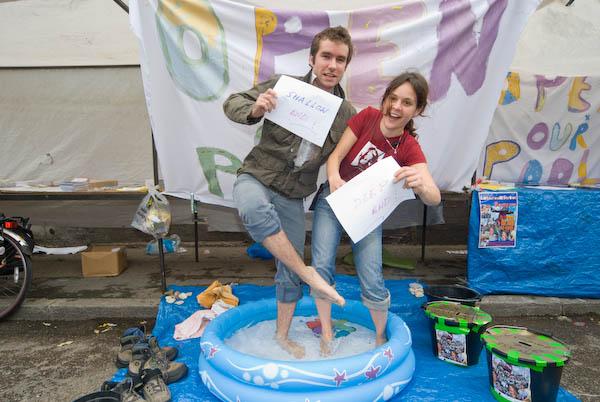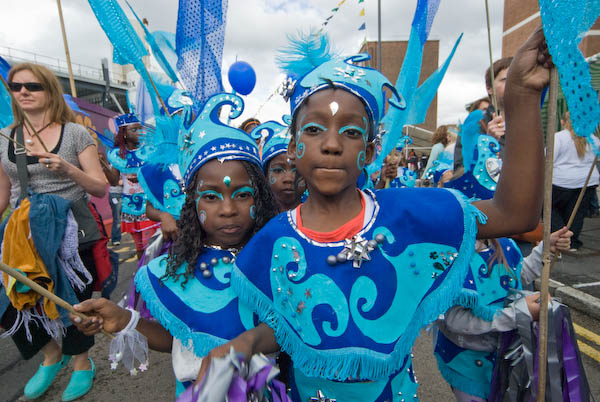Having just returned home from four days or so in Birmingham (the one that calls itself the “Heart of England”,) where I was one of the many portfolio reviewers at Rhubarb Rhubarb, the annual International Festival of The Image, I’m still suffering from picture shock, overwhelmed by images and many hours of meeting with old friends and making many new ones.
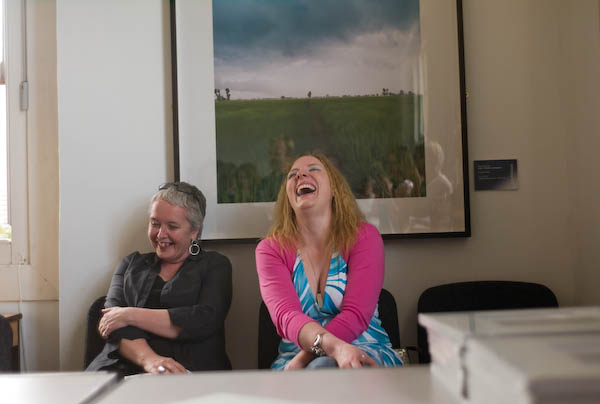
It was my first Rhubarb, and now I can’t think why I’ve stayed away so long, having enjoyed much of it immensely. However I am looking forward to my first decent glass of wine since last Wednesday, having refused to contemplate the 500% mark-up which appears to be the norm in some posher Brummie hotels and restaurants. (And although the lunches at Rhubarb itself were excellent (and rhubarb-free), our limited research suggests an inverse relationship between the expensiveness of dining establishments in the city and the quality of food on offer. Do rich Brummies really so lack taste? And can this blog become even more irrelevant? Rumour does suggest the Pope may be Catholic.)
It really seemed to be a fine event, rewarding for photographers and reviewers alike, and in the coming weeks once I get back from a short holiday I’ll look at it and some of the more interesting work that I saw in more detail. And perhaps show some of what went on in the photographs I couldn’t stop myself taking – like this one:
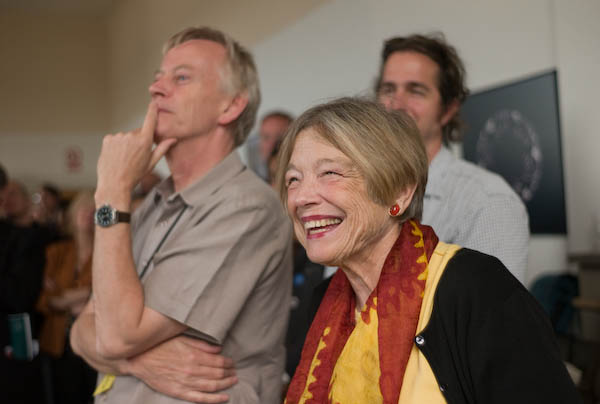
Before I put down my computer and pick up my bucket and spade, I hope to find time to make a couple of posts. This first one is some advice for all those people who bring portfolios to such events, although I hasten to add many of those I fortunate to see were in no need of it, presenting their work in an exemplary manner. But sadly not all.
Three Canons for Reviewees
-
Be still, let your work speak and your reviewer think. Say only what is necessary.
-
When making your pictures think for yourself; when preparing to present your work, think of your audience.
-
Erase the word memory from your memory, your statements, your discourse. Let your work be memory, if so, then no one will need to be reminded.
Of course there should be a picture to accompany each of the precepts. For the moment you will have to make do with three from the event, two from the sort of formal opening and book launch at the end of the first full day, and one which gives an idea of the interior of the Curzon Street station. This was the first time that Rhubarb Rhubarb was held there and the picture shows a quiet moment during the day.
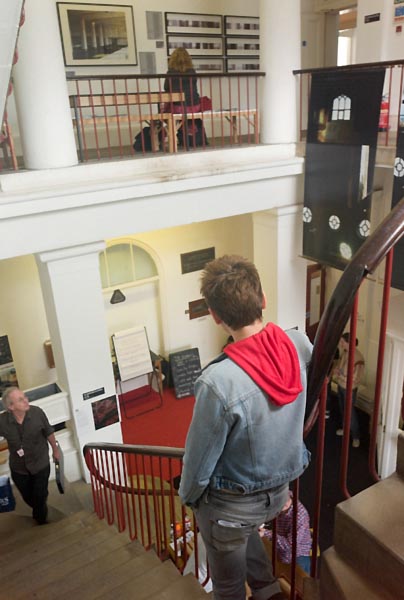
More features and more photographs about ‘Rhubarb Rhubarb’ on this blog later – and I’ll also put up some galleries on ‘My London Diary’ in a week or two.
Peter Marshall
